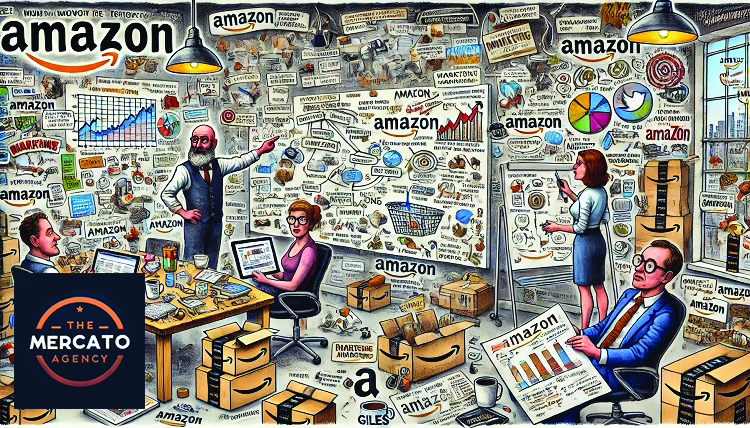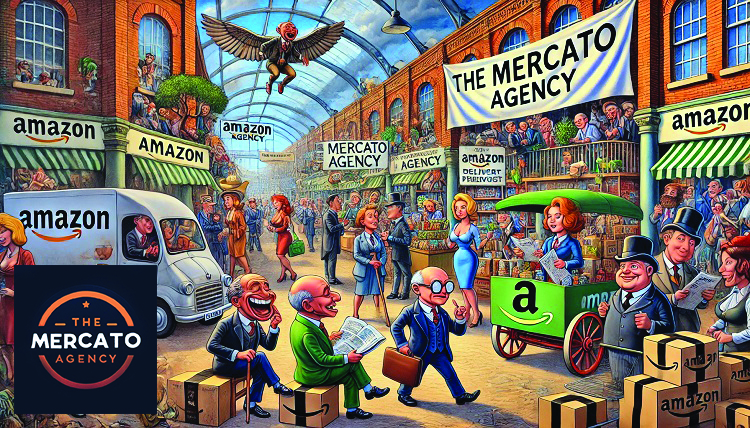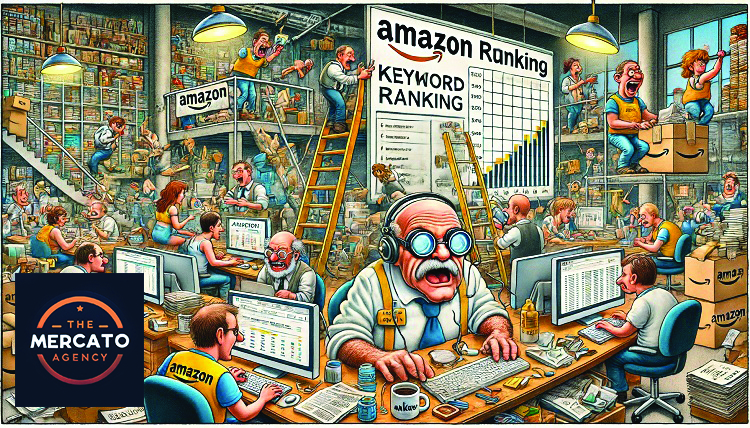Amazon PPC Costs – Key Factors Affecting Cost.
Understanding Amazon PPC Costs
Amazon’s Pay-Per-Click (PPC) advertising platform is a powerful tool for driving traffic and increasing sales on the eCommerce giant. However, understanding the costs associated with Amazon PPC is crucial for optimizing your ad spend and achieving a strong return on investment (ROI). This expert guide will walk you through the various factors influencing Amazon PPC costs and offer strategies to manage and optimize your advertising budget effectively.
What is Amazon PPC?
Amazon PPC is a form of online advertising where sellers and vendors pay a fee each time their ad is clicked. These ads can appear in various places on Amazon, including search results pages and product detail pages. The primary types of Amazon PPC ads are:
- Sponsored Products
- Sponsored Brands
- Sponsored Display
Each type of ad has its own unique placement and targeting options, which can influence the overall cost.
Factors Influencing Amazon PPC Costs
- Bid Amount
- Keyword Competition
- Ad Relevance and Quality Score
- Targeting Options
- Ad Placement
- Seasonality and Trends
1. Bid Amount
The bid amount is the maximum amount you are willing to pay for a click on your ad. Higher bids can increase the likelihood of your ad being shown, especially for competitive keywords. Amazon uses an auction system, so the actual cost per click (CPC) you pay can be influenced by the bids of your competitors.
2. Keyword Competition
Highly competitive keywords often have higher CPCs due to the increased demand. Popular keywords that many sellers target will naturally drive up the cost. Conducting thorough keyword research to find less competitive, yet relevant, keywords can help reduce costs.
3. Ad Relevance and Quality Score
Amazon evaluates the relevance of your ads and their expected click-through rate (CTR). Ads that are more relevant to the user’s search query and have a higher predicted CTR can achieve better placement at a lower cost. This is similar to the quality score in Google Ads, where better-performing ads are rewarded with lower CPCs.
4. Targeting Options
Different targeting options can impact costs. For example:
- Manual Targeting: Allows you to bid on specific keywords, giving you greater control but potentially higher costs if targeting high-competition terms.
- Automatic Targeting: Amazon selects keywords based on your product listings, which can sometimes lead to lower costs but less precision.
5. Ad Placement
Where your ad appears can also affect its cost. Premium placements, such as top-of-search results or on high-traffic product detail pages, typically come with higher CPCs due to their visibility and potential for higher click-through rates.
6. Seasonality and Trends
Seasonal trends and holidays can significantly impact PPC costs. For instance, during the holiday season or Prime Day, the competition increases as more sellers run aggressive campaigns, leading to higher CPCs. Understanding these trends can help you budget more effectively throughout the year.
Strategies for Managing and Optimizing Amazon PPC Costs
- Conduct Thorough Keyword Research
- Optimize Your Product Listings
- Use Negative Keywords
- Adjust Bids Based on Performance
- Leverage Amazon’s Automated Campaigns
- Monitor and Analyze Campaign Performance
- Plan for Seasonality
1. Conduct Thorough Keyword Research
Identify a mix of high-converting and long-tail keywords. Long-tail keywords often have lower competition and costs while still driving relevant traffic. Use Amazon’s keyword tools and third-party software to uncover valuable keywords.
2. Optimize Your Product Listings
Ensure your product listings are fully optimized with relevant keywords, high-quality images, and compelling descriptions. Well-optimized listings can improve your ad relevance and quality score, potentially lowering CPCs.
3. Use Negative Keywords
Implement negative keywords to prevent your ads from showing on irrelevant searches. This helps reduce wasted spend on clicks that are unlikely to convert.
4. Adjust Bids Based on Performance
Regularly review your campaign performance and adjust bids accordingly. Increase bids on high-performing keywords and reduce or pause bids on underperforming ones. This ensures your budget is allocated to the most effective areas.
5. Leverage Amazon’s Automated Campaigns
Amazon’s automatic campaigns can help identify effective keywords that you might not have considered. Use the data from these campaigns to inform your manual targeting strategies.
6. Monitor and Analyze Campaign Performance
Continuously monitor your PPC campaigns using Amazon’s reporting tools. Key metrics to track include CPC, CTR, conversion rate, and advertising cost of sales (ACoS). Use these insights to make data-driven decisions and optimize your campaigns.
7. Plan for Seasonality
Adjust your PPC strategy based on seasonal trends. Allocate more budget during high-demand periods and scale back during slower times. Planning ahead for major shopping events can help you manage costs and maximize ROI.
Conclusion
Amazon PPC costs can vary widely based on several factors, including bid amounts, keyword competition, and ad relevance. By understanding these factors and implementing effective strategies, you can better manage your advertising budget and improve your campaign performance. Conduct thorough keyword research, optimize your product listings, and continuously monitor and adjust your campaigns to achieve the best possible results. With careful planning and optimization, Amazon PPC can be a highly effective tool for driving traffic and increasing sales.
If you feel that The Mercato Agency might be the agency to manage your Amazon PPC Costs? Please use the contact us form below.






